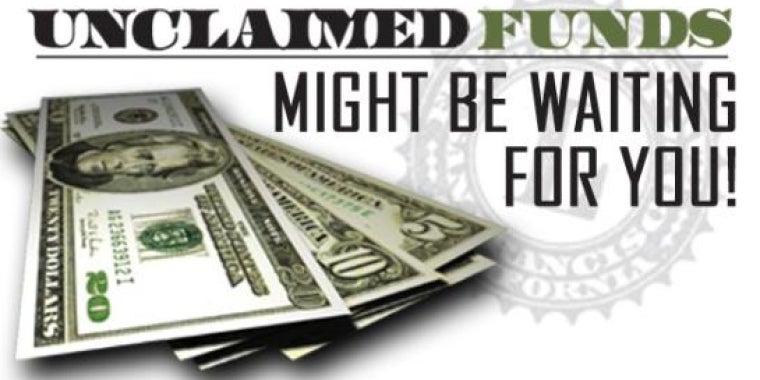
Senate Passes Measure To Encourage Environmentally Friendly Home Building
The New York State Senate today passed legislation to encourage the building of more “green” homes by creating a property tax exemption. The bill (S1710), sponsored by Senator Mark Grisanti (R-I, North Buffalo), would help increase demand for environmentally friendly housing by allowing local municipalities to offer a real property tax exemption of 35 percent for a maximum of 20 years.
“Green homes are gaining in popularity and can make a home more desirable in a slow market,” said Senator Grisanti, Chairman of the Environmental Conservation Committee. “Homeowners want a home that will reduce their energy costs, be healthier for their family and be kinder to the environment. With this legislation I am eager to help builders decide that the investment in green building will be beneficial. Green builders are not only making homes that exceed building codes and are cost effective to own but also minimize environmental impact. New York State wants to provide incentives for all new construction to head down this road, I urge my colleagues to act in the Assembly.”
Green building increases a home’s value while decreasing utility expenses, maximizing the use of natural resources, and minimizing environmental impact. Green buildings are crafted to exceed building codes while remaining cost-effective to own and operate.
The creation of the green development home tax exemption would facilitate growth in the green home market by offsetting the increased up-front building costs for many environmentally friendly home features. The National Association of Home Builders (NAHB) estimates that U.S. homebuyers are willing to pay between 11 and 25 percent more for green homes and that the demand for green homes will rise 900 percent over the next five years. Additionally, over 40 percent of current home remodels are constructed with green products.
Homeowners in municipalities that choose to participate in offering the exemption would be eligible if their new home meets specific NAHB or Leadership in Energy and Environmental Design (LEED) standards. Features of the home could include use of recycled content in building materials, renewable energy sources, utilities that conserve water, low- or no-VOC finishes, among others.
The bill has been sent to the Assembly.
